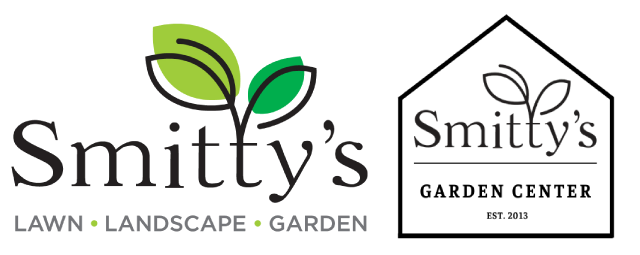Here in Fort Dodge, Iowa, summer is rough on your lawn. It’s time for entertaining, hosting barbecues, playing yard games, and enjoying the great outdoors. But with that often comes excessive foot traffic, heavy lawn equipment, and the driving of boats, trailers, and sometimes even cars over your lawn. Add the summer heat, and all of this wear and tear can cause your turf to look tired and fatigued. If your turf is experiencing this or seems to have bare, patchy areas of grass, you could have an excessive amount of thatch or compacted soil. How can you tell, and what can you do about it? Read on as we explain everything you need to know about thatch, compacted soil, and a lawn process called aeration.
What Is Thatch?
Thatch is an intermingled blend of dead grass stems, shoots, roots, and other debris which gather between the soil and the grass. A thin layer of thatch can create a blanket over the top of your grass, protecting it from the wind and cold in the winter and the heat stress of the summer. An overabundance of thatch, typically more than one inch, can prevent water, sunlight, oxygen, and other minerals from penetrating your soil, cutting off the supply to your roots.
What Can I Do if My Fort Dodge Area Lawn Has an Excessive Amount of Thatch?
At Smitty’s Lawn and Landscape, we provide a service called dethatching that will help remove the excess thatch from your lawn. Using a special dethatching rake helps to allow water, oxygen, and nutrients once again to reach the root zones of your grass.
What Is Soil Compaction?
Soil compaction is compressed soil that is packed down. Similar to thatch, it is also a problem because it prevents water, oxygen, and vital nutrients from getting to your roots. It suffocates the life out of them, causing your grass to wither, weaken and exhibit signs of drought. Both thatch and compacted soil exhibit similar symptoms that include:
- Bare or patchy areas of grass
- Spongy grass that feels soft when you walk on it
- Pooling areas of water in your yard
- Stunted growth of plants
- Hard soil
Because compacted soil can look and feel like many other lawn conditions, one of the best ways to know for sure is to apply the screwdriver test. Start by placing a screwdriver in the ground. If it’s dry and does not penetrate the earth easily, your soil is probably compacted.
Aeration for The Rejuvenation of Your Lawn
Now that you have confirmed your soil is compacted, what can you, as a Fort Dodge area business or homeowner, do? Aeration is the process of creating holes throughout your turf to redistribute the soil. Aeration allows your grass to regain its strength and vitality while promoting new blades to grow. Both aeration and dethatching are important parts of your lawn care. However, while dethatching is great for excess thatch removal, we recommend having your turf aerated once a year for its overall health benefits. There are many advantages to having your yard aerated, including:
- More profound, stronger root growth
- Thicker, healthier grass
- Grass will grow much easier
- Bald and thinning patches filled in
- A breakdown in thatch build-up
- A reduction in water runoff
- A healthier, more substantial yard
- Because aeration opens up your grass, it becomes more receptive to weed control, helping to control weeds
When Is the best time To aerate a lawn?
In Fort Dodge, Iowa, we have mostly cool-season grasses, including Kentucky bluegrass, tall fescue, and ryegrass. September and April are the best times to aerate these cool-season lawns. While the overall results are beneficial, core aeration causes some initial damage. Aerating in September or April allows the grass to quickly recover during the favorable growing conditions in spring and early fall.
Revitalize Your Lawn With Aeration Services From the Professionals at Smitty’s Lawn and Landscape
Smitty’s Lawn and Landscape is the answer to all of your lawn care needs. We offer lawn aeration services as well as dethatching depending on your turf’s individual needs. If you are exhibiting symptoms such as brown patches or spongy grass, and you aren’t sure what the problem is, give us a call. We will come out, assess your lawn and devise a solution. You can contact us online using our contact form or give us a call at 515-576-0985.
Want more information on all things lawn care and landscaping? Follow our blog for a monthly informational article that will provide you with tips and ideas regarding lawn care, landscaping, and pest control. You can also find us and follow us on Facebook!

